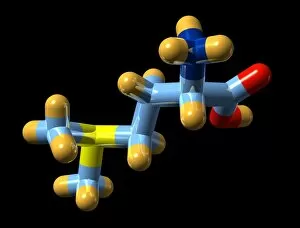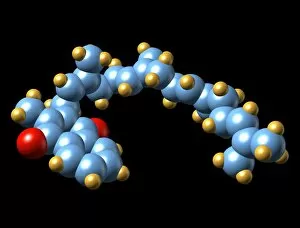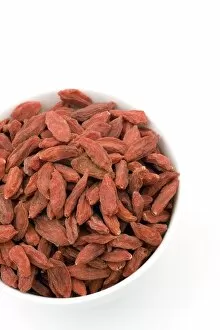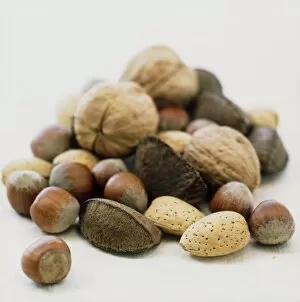Dietary Collection (page 4)
"Dietary: Unlocking the Secrets to a Balanced and Nourishing Lifestyle" Discover the power of Vitamin B12 with its molecular model
All Professionally Made to Order for Quick Shipping
"Dietary: Unlocking the Secrets to a Balanced and Nourishing Lifestyle" Discover the power of Vitamin B12 with its molecular model, an essential nutrient for optimal health and energy levels. Sprouting beans - nature's little miracles that pack a punch of nutrients, fiber, and plant-based protein into your diet. Indulge in a slice of creamy Brie with a cheese knife - savoring the art of enjoying wholesome foods while maintaining portion control. Introducing THE MAGIC CUP - an innovative way to measure your food portions accurately, making mindful eating effortless. Flashback to 1905: Allenburys infant feed revolutionizes nutrition for babies, setting the foundation for healthy growth from day one. Take cues from history as we revisit a 1949 screen print where a girl points to a chart highlighting the importance of diverse food groups for overall well-being. Transport yourself to Italy with tantalizing pasta on a broken plate – reminding us that even imperfect meals can be deliciously nutritious. Step back in time again with an advert from 1913 showcasing Allenburys foods' commitment to providing nourishment through quality ingredients. Even our furry friends deserve balanced diets. A standard variety dog food in a bowl ensures their health and happiness too. Explore the world of cooking fats as we delve into C014 / 1147 – understanding how moderation is key when incorporating them into our culinary adventures. Embrace vibrant living by incorporating C014 / 1142 healthy foods into your daily routine – fueling your body with goodness every step of the way. Carrots (Daucus carota) - crunchy, colorful delights packed full of vitamins and antioxidants that promote eye health and boost immunity (C014 / 1149). In this captivating journey through dietary hints, we uncover timeless wisdom alongside modern innovations, reminding us that nourishing our bodies is a lifelong commitment.
























